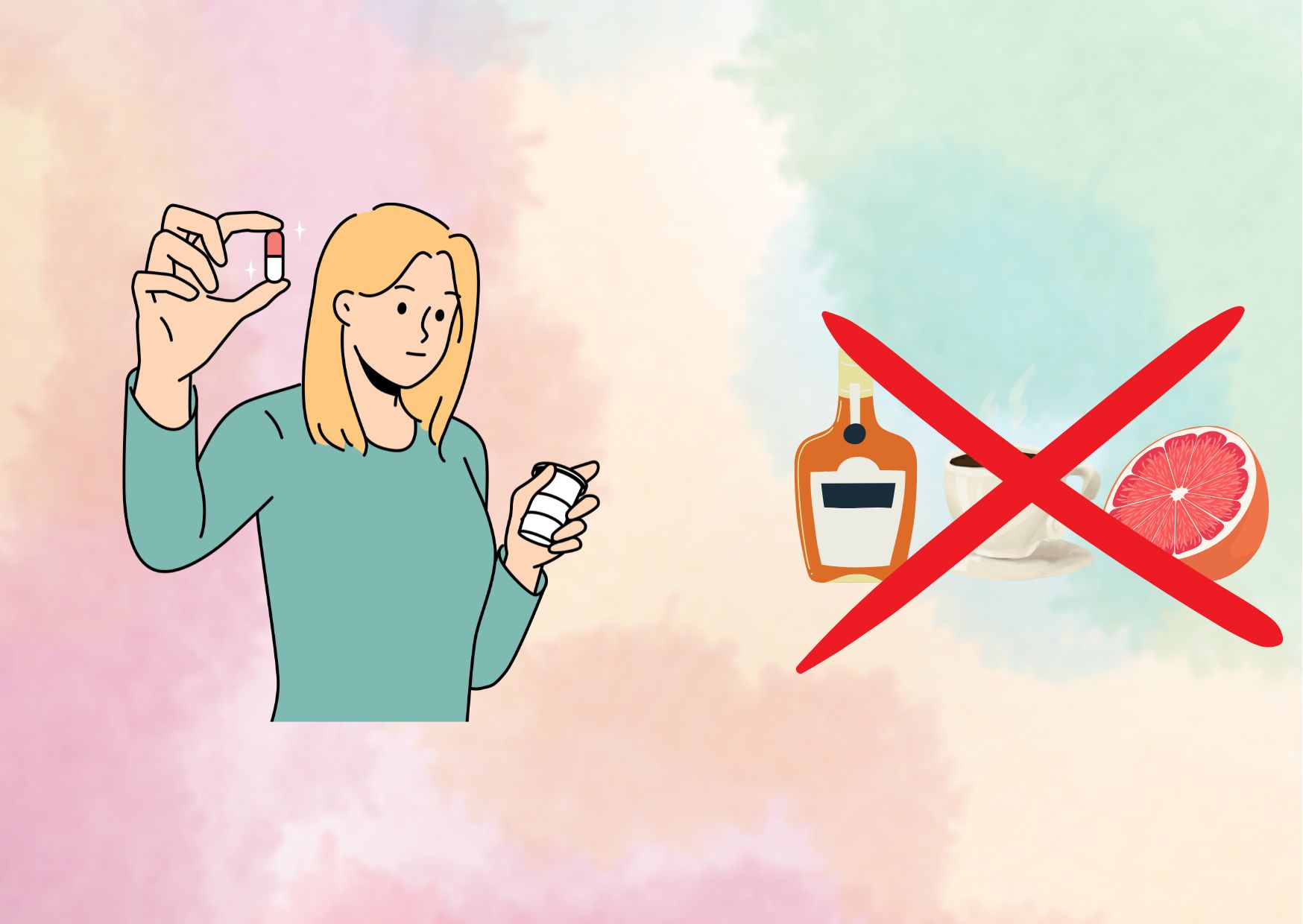Foods to Avoid When Using Sertraline: A Comprehensive Guide
Introduction
Sertraline is a commonly prescribed medication for treating various mental health conditions such as depression, anxiety, and obsessive-compulsive disorder (OCD). While sertraline can be highly effective in managing symptoms and improving overall well-being, it’s important to be mindful of certain foods that may interact with the medication and potentially cause adverse effects. In this comprehensive guide, we will explore the foods that should be avoided when using sertraline to ensure optimal treatment outcomes.
Understanding Sertraline and Its Uses
Sertraline, also known by its brand name Zoloft, belongs to a class of antidepressant medications called selective serotonin reuptake inhibitors (SSRIs). It works by increasing the levels of serotonin, a neurotransmitter, in the brain. Serotonin plays a crucial role in regulating mood, sleep, appetite, and overall well-being. Sertraline is commonly prescribed for conditions such as:
- Major depressive disorder (MDD)
- Generalized anxiety disorder (GAD)
- Panic disorder (PD)
- Obsessive-compulsive disorder (OCD)
- Social anxiety disorder (SAD)
- Premenstrual dysphoric disorder (PMDD)
When taken as prescribed, sertraline can help alleviate symptoms and improve the quality of life for individuals with these mental health conditions. However, like any medication, sertraline can interact with certain substances, including food.
Sertraline hydrochloride is the active ingredient in the medication Sertraline, which is commonly known as Zoloft. It belongs to a class of antidepressants called selective serotonin reuptake inhibitors (SSRIs). The chemical structure of sertraline hydrochloride consists of sertraline and hydrochloride molecules combined.
Sertraline tablets typically contain other inactive ingredients, including fillers, binders, and coatings, which may vary depending on the formulation and manufacturer. These inactive ingredients do not have pharmacological effects but may affect factors such as absorption, stability, and taste of the medication.
Foods to Avoid When Taking Sertraline
When taking sertraline, an antidepressant commonly prescribed for conditions like depression and anxiety, it’s important to be mindful of certain dietary considerations. Here are key insights into foods to avoid when taking sertraline, to ensure the medication works effectively and minimize potential side effects.
1. Foods Rich in Tyramine
One category of foods to avoid when taking sertraline includes those high in tyramine. Tyramine is an amino acid that can interact with sertraline, potentially leading to increased blood pressure and other side effects. Foods high in tyramine include aged cheeses, cured meats, fermented products, and some types of beer and wine. It’s advisable to limit or avoid these foods while on sertraline.
2. Sertraline and Bananas
Bananas are generally safe to eat in moderation while taking sertraline. However, overripe bananas contain higher levels of tyramine, which could pose a risk of interaction. It’s best to consume bananas that are fresh and not overly ripe to avoid potential issues.
3. Grapefruit and Grapefruit Juice
Grapefruit and grapefruit juice should be avoided when taking sertraline. These can interfere with the metabolism of the medication, leading to higher levels of sertraline in the bloodstream. This can increase the risk of side effects, such as nausea, dizziness, and headaches. Opt for other fruits and juices that do not interact with sertraline.
4. Alcohol and Caffeinated Beverages
While not a direct food interaction, alcohol and excessive caffeine should be avoided or limited. Alcohol can enhance the sedative effects of sertraline and worsen symptoms of depression and anxiety. Caffeine, on the other hand, can increase anxiety and interfere with sleep, counteracting the benefits of the medication.
5. Taking Sertraline with Food or on an Empty Stomach
Regarding the question of whether to take sertraline with food or on an empty stomach, it generally depends on individual tolerance. Some people may experience stomach upset if they take sertraline on an empty stomach. If this occurs, taking the medication with a meal can help mitigate gastrointestinal discomfort. However, always follow your healthcare provider’s instructions regarding how to take your medication.
By being mindful of these dietary considerations and knowing which foods to avoid when taking sertraline, you can help ensure that your medication works effectively and that you minimize potential side effects. Always consult with your healthcare provider for personalized advice and recommendations regarding your diet and medication regimen.
Food Interactions
While sertraline can generally be taken with or without food, some individuals may experience gastrointestinal side effects such as nausea or upset stomach when taking the medication on an empty stomach. Taking sertraline with food may help alleviate these symptoms for some people.
It’s essential to follow your healthcare provider’s recommendations regarding the administration of sertraline and to discuss any concerns or questions about potential food interactions. If you experience any unusual or severe side effects while taking sertraline, consult your doctor promptly.Top of Form
